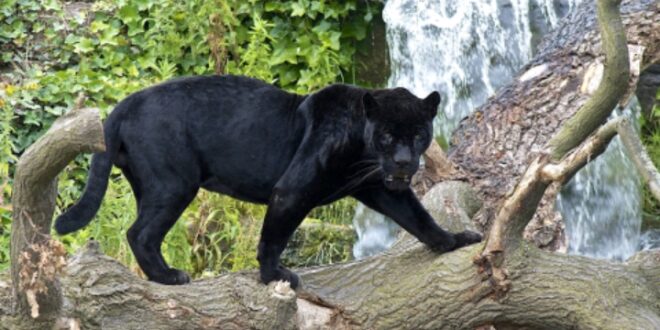Nestled within the verdant landscapes of Virginia lies a secret world, where shadows dance and whispers echo through the forests. Here, amidst the ancient trees and winding rivers, roams a creature of mystery and myth—the panther. Once thought to be a figment of folklore, these elusive predators have carved out a niche in the heart of the Old Dominion, captivating the imaginations of residents and wildlife enthusiasts alike. In this article, we embark on a journey to unravel the enigma of panthers in Virginia, exploring their history, habitat, and the ongoing efforts to ensure their survival in a rapidly changing world.
A Brief History:
The presence of panthers in Virginia traces back centuries, entwined with the rich tapestry of the region’s natural history. Historically, the Eastern cougar (Puma concolor couguar), also known as the mountain lion or puma, roamed throughout the eastern United States, including Virginia. These magnificent felines once prowled the forests with grace and prowess, their presence woven into the fabric of local folklore and Native American mythology.
However, by the early 20th century, rampant deforestation, habitat loss, and human persecution led to the decline of the Eastern cougar population. By the 1930s, the species had been extirpated from Virginia, with the last confirmed sighting recorded in 1882. For decades, the forests of Virginia remained silent, devoid of the once-proud predators that had once ruled the land.
A Return to the Wild:
In recent years, whispers of panther sightings have reignited hope among conservationists and wildlife enthusiasts. While the Eastern cougar remains officially classified as extinct, reports of large, black panthers roaming the Virginia countryside have sparked intrigue and debate. These sightings have fueled speculation about the potential resurgence of the species in the region.
Experts attribute the sightings to a variety of factors, including misidentification, escaped exotic pets, and the dispersal of individuals from remnant populations in neighboring states. While concrete evidence of a breeding population remains elusive, the possibility of panthers reclaiming their ancestral territory in Virginia continues to captivate the public imagination.
Habitat and Behavior:
Panthers, also known as cougars or pumas, are solitary and elusive creatures, renowned for their stealth and agility. They are opportunistic hunters, preying primarily on deer but also targeting smaller mammals such as raccoons and rabbits. Panthers are highly adaptable, capable of thriving in a diverse range of habitats, including forests, swamps, and grasslands.
In Virginia, panthers would likely inhabit forested areas with ample cover and access to prey. The Shenandoah National Park and the George Washington and Jefferson National Forests offer vast expanses of suitable habitat, providing potential refuge for these enigmatic predators.
Conservation Challenges:
Despite the allure of panthers in Virginia, their hypothetical presence poses significant conservation challenges. Habitat loss and fragmentation, caused by urbanization and industrial development, threaten to sever vital corridors and isolate potential panther populations. Human-wildlife conflict, including vehicle collisions and depredation of livestock, further exacerbates the challenges facing these elusive predators.
Moreover, the reintroduction of panthers to Virginia would require careful planning and consideration of ecological impacts. Balancing the needs of panthers with those of other wildlife species and local communities necessitates a collaborative and holistic approach to conservation.
Conservation Efforts:
Efforts to conserve panthers in Virginia hinge on a multifaceted strategy that addresses habitat protection, public education, and wildlife management. Organizations such as the Virginia Department of Wildlife Resources and the National Park Service play a pivotal role in monitoring wildlife populations, conducting research, and implementing conservation initiatives.
Community engagement and public outreach are also essential components of conservation efforts, fostering a deeper appreciation for Virginia’s natural heritage and the importance of preserving biodiversity. By raising awareness and promoting coexistence between humans and wildlife, we can ensure a brighter future for panthers and other species in Virginia.
Conclusion:
The story of panthers in Virginia is a testament to the resilience of nature and the enduring allure of the wild. Though shrouded in mystery, these enigmatic predators embody the spirit of the wilderness, captivating our imaginations and inspiring awe and wonder. As stewards of the land, it is our responsibility to safeguard Virginia’s natural heritage for future generations, ensuring that panthers continue to roam the forests of the Old Dominion for years to come.
 HammBurg Be informed with latest news, reviews, entertainment, lifestyle tips, and much more.
HammBurg Be informed with latest news, reviews, entertainment, lifestyle tips, and much more.




